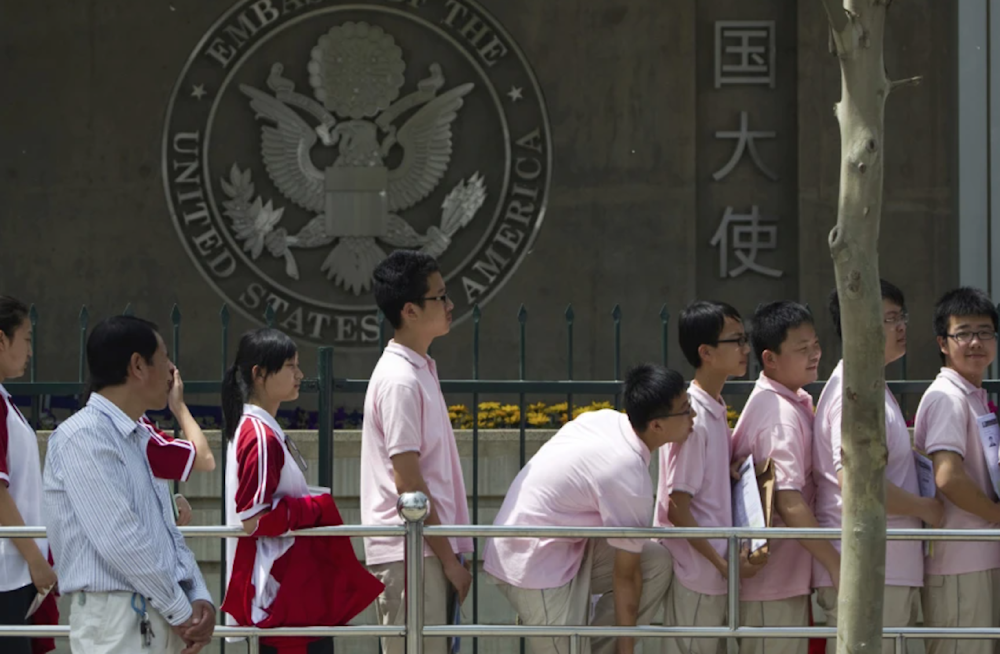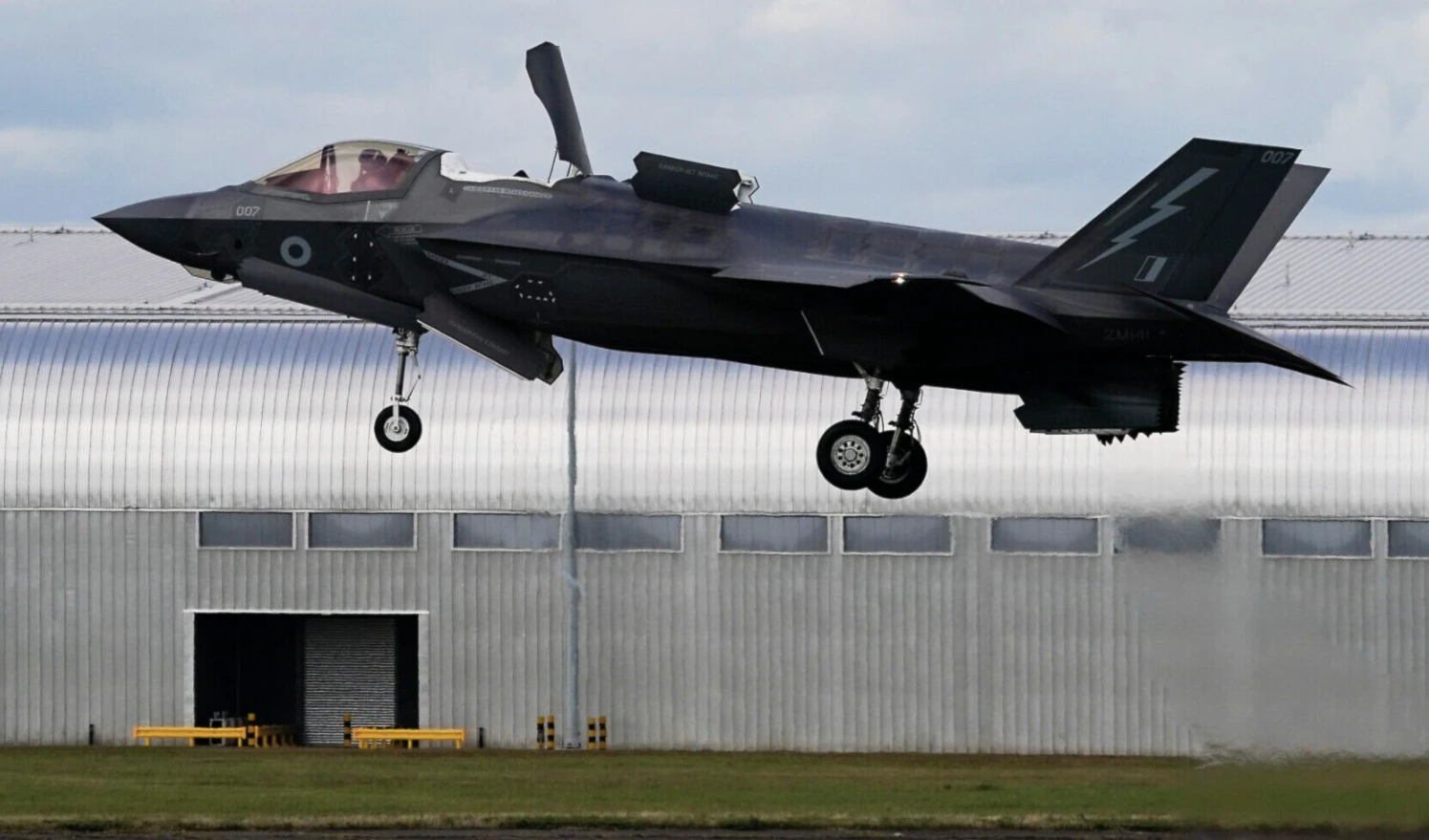US student visas fall to four-year low, led by Asia decline
Student visa arrivals to the US fell 19% in August, hitting a four-year low.
-

Chinese students wait outside the US Embassy for their visa application interviews in Beijing on May 2, 2012 (AP)
Student arrivals to the US on visas fell to a four-year low in August, marking the fifth consecutive month of declines and signaling a deepening crisis for American universities, Bloomberg reported.
According to data from the US International Trade Administration, just over 313,000 students entered the country in August, down 19% compared to the same month last year. August, traditionally the peak month for international arrivals, has not seen numbers this low since 2021 during the COVID pandemic. Overall, student arrivals have dropped nearly 12% for the year through August.
Asia leads the decline in student visa arrivals
The sharpest downturn came from Asia, the region that provides the majority of international students. Arrivals from Asia fell 24% to about 191,000 students. Indian student arrivals dropped by 45%, while those from China fell by 12%. Thirteen of Asia’s largest source markets, including Japan, South Korea, and Vietnam, also posted declines in both August and the year overall.
Africa recorded the steepest percentage decline of any region at 33%, though from a smaller base. By contrast, Western Europe showed the smallest drop, less than 1%.
Policy shifts, economic consequences
Analysts point to stricter immigration policies under President Donald Trump’s “America First” agenda as a major factor behind the decline. Measures introduced during the summer application season created hurdles for prospective students, discouraging many from choosing the US as a destination.
The trend comes alongside broader immigration reforms targeting H-1B visas for skilled foreign workers. On Friday, Trump signed a proclamation overhauling the program, introducing a $100,000 application fee, a move that could further dissuade international talent.
Impact on US education, economy
University leaders warn that the sustained decline in international student enrollment could have long-term consequences for US higher education and the economy.
"If the trends continue, the impact will be significant not only for campuses and their students — both international and American — but for the economy overall," said Zuzana Cepla Wootson, deputy director of federal policy at the Presidents’ Alliance on Higher Education and Immigration.
International students contributed nearly $44 billion to the US economy in 2023–24 and supported almost 400,000 jobs, according to NAFSA: Association of International Educators. The group estimates that for every three international students, one US job is created.
With projections showing new international student enrollment could fall by as much as 40% this fall, universities stand to lose an estimated $7 billion in revenue.

 3 Min Read
3 Min Read










